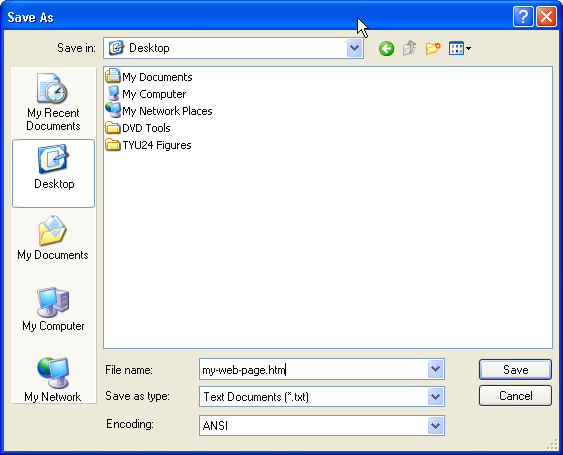

- Notepad++ diff from last saved version how to#
- Notepad++ diff from last saved version mac os#
- Notepad++ diff from last saved version windows#
Notepad++ diff from last saved version windows#
In the Windows text editing program Notepad++ (not to be confused with ordinary Notepad), there is a function to prepare text files with UNIX-style line endings.
Notepad++ diff from last saved version how to#
How to Convert Converting using Notepad++ If you have what you think is a text file on the cluster but you don't know whether its line endings are in the correct format or not, you can run the following command: file foo.txt # Replace foo.txt with the name of your fileĭepending on the contents of foo.txt, the output of this command may vary, but if the output has "CR" or "CRLF" in it, you will need to convert foo.txt to UNIX format line endings if you want to use it on the cluster. Failing in a more serious way such as a segmentation fault.

Complaining more vaguely that the input data is incomplete or corrupt or that there are problems reading it.Explicitly stating the problem with line endings.The text of the error is almost infinitely variable, but program behaviours might include the following responses: Some UNIX or Linux programs are tolerant to Windows-style line endings, while others give errors. Sbatch: error: instead of expected UNIX line breaks (\n). If you submit (using sbatch) a Slurm submission script with Windows-style line endings, you will likely receive the following error: sbatch: error: Batch script contains DOS line breaks (\r\n) Therefore, you will need to convert any such file so it has only UNIX-style line endings before using it on a NeSI cluster. Many programs, including the Slurm and LoadLeveler batch queue schedulers, will give errors when given a file containing carriage return characters as input. To make matters worse, this character will normally be invisible, though in some text editors it will show up as ^M or similar. Therefore, a text file prepared in a Windows environment will, when copied to a UNIX-like environment such as a NeSI cluster, have an unnecessary carriage return character at the end of each line.
Notepad++ diff from last saved version mac os#



 0 kommentar(er)
0 kommentar(er)
